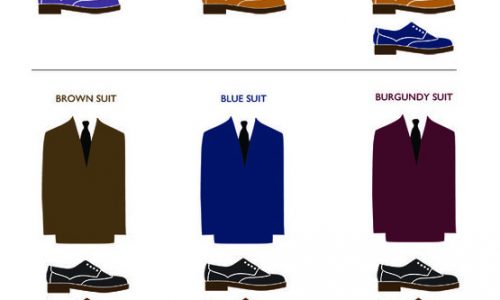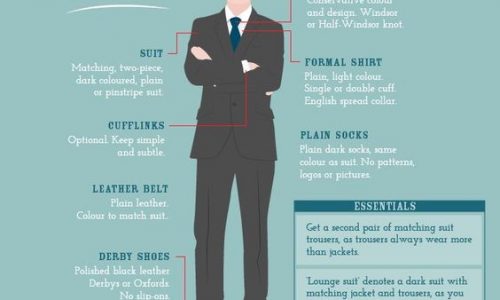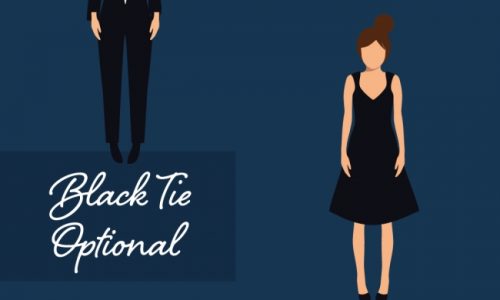
Dress codes are everywhere, but do you really know what all of this “business casual” means? When in doubt, check out today’s infographic!
I think everyone can agree dress codes are a set of rules. What most of us don’t realize is that these rules are often unwritten. Of course, no one on their right mind would visit the Queen of England wearing tattered jeans and dirty converse, but every social function in-between isn’t that easy to dress for. Is that dress too tight for your cousin’s wedding? Are sneakers OK for a Wednesday at the office?
In the end, dress codes are a reflection of the values of a society as a whole. On the bright side, they bring cohesiveness to a group. On the other hand, they can also promote a one-sided vision of the world, one where being different isn’t a positive thing.
When thinking about dress codes, whether you’re the one following them or imposing them, it’s good to pose the important questions. Would this be discriminatory against someone´s religious beliefs? Does this rule come from a privileged (and often race-biased) point of view?
Although I’m not proposing a full-fledged rebellion against the system, these are necessary questions that more and more people are thinking about. For example, after the shooting at two Mosques in New Zealand in March 2019, a private school was prompted to explicitly allow its students to wear hijabs if they wanted to. On the other hand, more and more high school dress codes are being revised to acknowledge some discriminatory trends against female and black students, as well as ethnic minorities.



